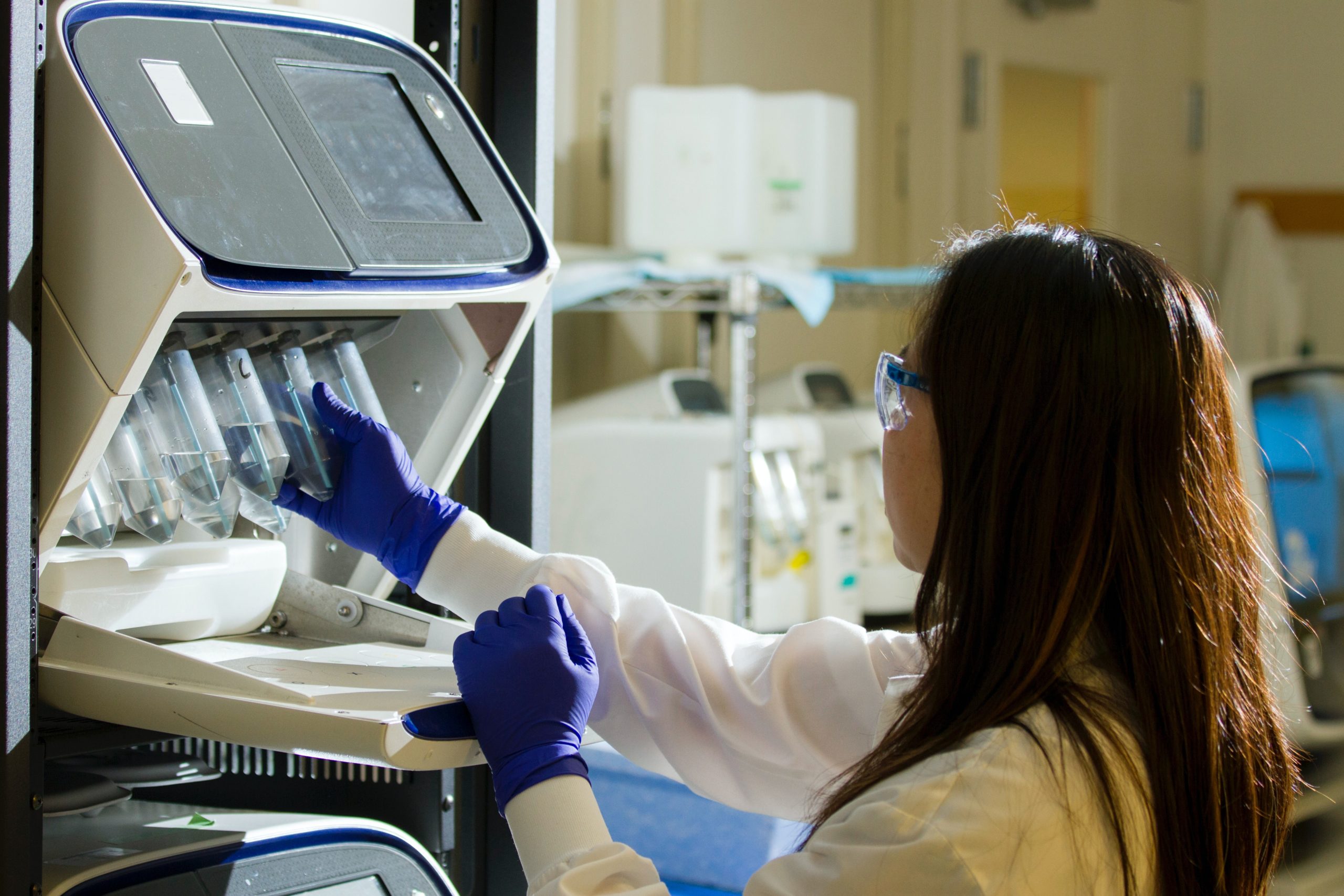By Dezimey Kum, SWHR Communications and Policy Intern
The start of a new administration and a new Congress often portends significant changes in federal policy and spending priorities, including for America’s investment in health and research through the National Institutes of Health (NIH) and the U.S. Food and Drug Administration (FDA). Robust funding for these federal agencies can improve the well-being of people across the country.
At SWHR’s March Policy Advisory Council meeting, Jenny Luray, vice president of strategy and communications at Research!America, and Dr. Rachel E. Sherman, president and founding partner of Rachel Sherman Partners LLC and former principal deputy commissioner of the FDA, spoke about the current opportunities and challenges for the NIH and the FDA in the face of an ongoing pandemic and with a new Congress and new administration.
National Institutes of Health
The pandemic has had a detrimental impact on non-COVID-related research, Luray said, derailing progress on the study of a variety of diseases and disrupting clinical trials. NIH received a significant budgetary boost in the most recent Labor, Health and Human Services, Education, and Related Agencies (LHHS) funding bill, but it did not receive any supplemental funding in the American Rescue Plan Act of 2021.
The latter bill, signed into law on March 11 by President Biden, is a $1.9 trillion economic stimulus package to mitigate the impact of the pandemic and provide emergency funding for other federal scientific agencies, including the National Science Foundation and the National Institute of Standards and Technology. However, “there are a lot of unmet needs,“ Luray said. “So we are concerned about [NIH funding for] FY 22, and we’re continuing to work on that as well.”
For these reasons, Research!America is advocating for Congress to provide funding to jumpstart research that has been jeopardized due to pandemic-related disruptions through the newly introduced Research Investment to Spark the Economy (RISE) Act of 2021. The bipartisan RISE Act would authorize about $25 billion in supplemental funding for federal science agencies — including $10 billion for NIH — to ensure continuity in ongoing medical research. SWHR recently signed on to a Research!America-led letter to the president, asking for his support of the RISE Act and for full funding for its initiatives in any fiscal year (FY) 2021-22 spending proposals moving forward.
U.S. Food and Drug Administration
In considering current FDA needs, Sherman asked: “What can we, in the private sector, do to help the FDA?” She explained that assistance from the private sector in pushing forward critical initiatives can ultimately lead to better, more efficient results.
She pointed to the upcoming Prescription Drug User Fee Act (PDUFA) and Medical Device User Fee Act (MDUFA) reauthorizations as an opportunity to engage with the FDA on future commitments. Last year SWHR submit comments following the FDA’s public meetings on MDUFA and PDUFA reauthorization and made recommendations in support of priorities that would benefit the millions of women nationally who rely on medical devices and prescription drugs.
Sherman also highlighted the need for more progress related to technology and telemedicine at the FDA. For example, the use of digital health technologies (e.g., mHealth, health information technology, wearable devices, and telehealth) can improve remote monitoring of patients and provide for real-time data capture within clinical trials. Innovative trials designs — allowing for decentralized, siteless, or virtual participation within clinical research — can also help to mitigate participant barriers to enrollment in trials and lessen disruptions due to the COVID-19 pandemic.
Taking advantage of these technological advancements will require incentivizing researchers to engage in new methodologies and exploring the promise of public-private partnerships, Sherman said. “I spent a lot of time working on public-private product partnerships, and those are critical,” she explained, as they allow the federal government to “better tap the incredible wealth of knowledge” to benefit both the FDA and its partners.
Sherman also highlighted real-world data (RWD) and real-world evidence (RWE) as potential areas for innovation at the FDA. RWD and RWE — derived from data collected during routine health care practice (such as electronic health records, claims and billing activities, and product and disease registries) — can help to capture the impact of a potential treatment on patient quality of life or reflect differences in treatment outcomes based on heterogeneity. Working to “develop a clinical trial system in this country that is more attuned to the patients and their lives,” Sherman said, will give us “much richer data that is much more applicable to the patient’s needs.”
Looking Forward
SWHR looks forward to working with the new Congress and administration to advance women’s health, and will continue to support robust funding for the NIH to benefit research that addresses the unique health needs of women across the lifespan. In a recent letter to congressional leadership requesting that Congress provides at least $46.1 billion for the NIH, as well as outlines priorities related to the Eunice Kennedy Shriver National Institute of Child Health and Human Development (NICHD) and NIH Office of Research on Women’s Health (ORWH). SWHR will also remain engaged with the FDA as it works toward MDUFA and PDUFA reauthorization and to ensure women’s needs are appropriately considered in the agency’s work.
